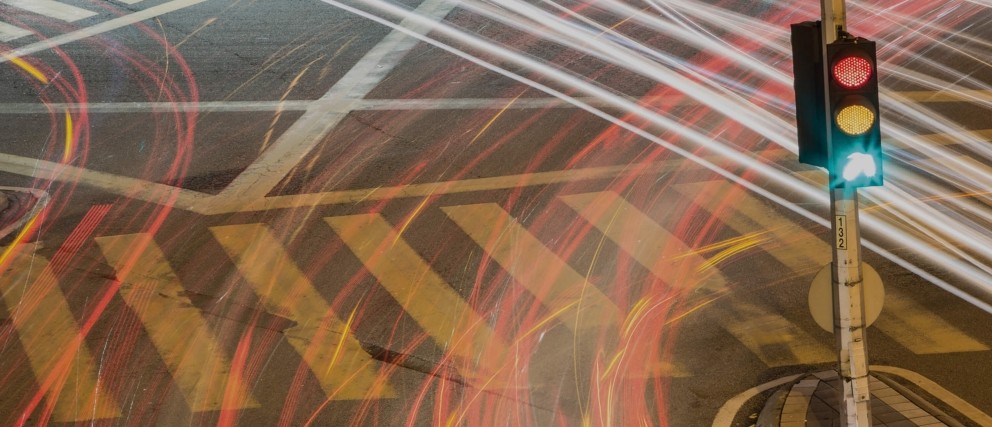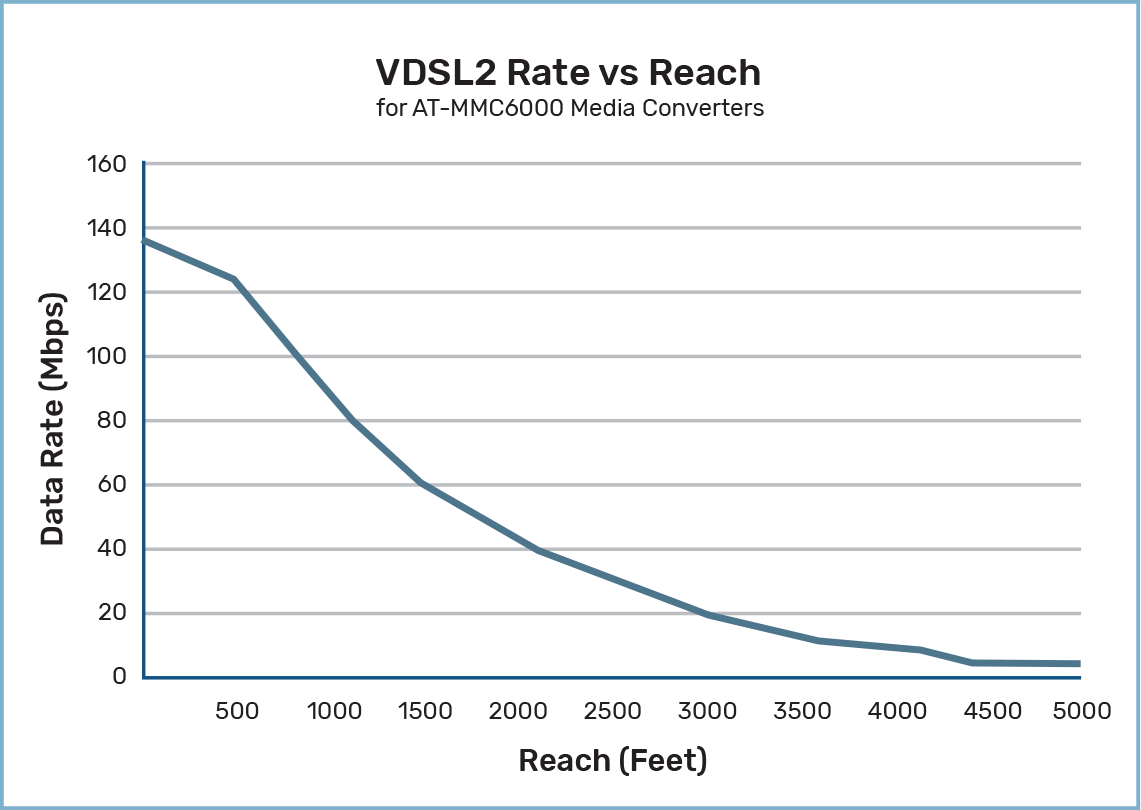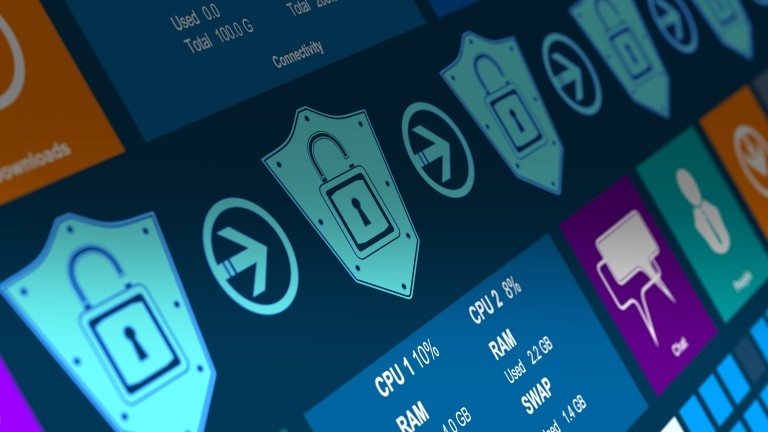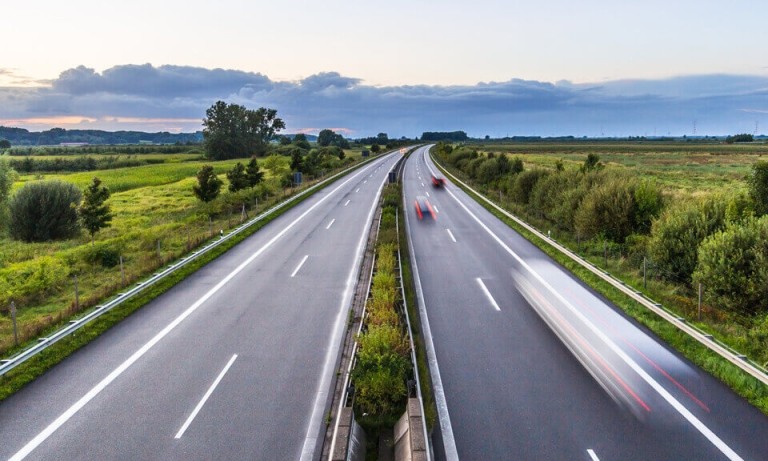
Inexpensive Infrastructure Upgrades for Traffic Agencies
Many US cities have miles of copper or co-ax cabling under the streets and sidewalks, connecting analog cameras at traffic intersections to street-side control boxes. But these cameras no longer meet the city’s requirements for real-time analysis of traffic patterns for improved traffic flow. Upgrading the cameras is straightforward, but changing the old buried cables is time-consuming and very costly.
Digital cameras and other sensors such as LIDAR detectors enable much more information to be gathered for better decision-making and more efficient traffic flows. However, these devices rely on Ethernet connectivity, which imposes restrictions on the type and length of cables. Specifically, Ethernet cables cannot be longer than 100 meters (330 feet), and to reach further than that, repeaters or fiber-optic cables are required. Fiber is an unattractive option since laying new cables means additional project costs and delays, along with disruption to streets and sidewalks.
A better alternative is to re-use the existing cabling, which is possible by transmitting the Ethernet data over a VDSL2 connection, enabling it to be sent over longer distances of legacy cables. Very high data rate Digital Subscriber Line 2 (VDSL2) was designed to carry high-speed data over several kilometers of telephone wire or coax cable. It is the same technology used to provide Internet connectivity to millions of American homes, so it’s field-proven, easy to install, and very cost-effective.
The diagram below shows how we send Ethernet video streams from the digital cameras over VDSL2 links from the intersection to the street-side hub. VDSL2 carries the video data over the existing legacy underground cables to the hubs, where it’s aggregated by the switch and transmitted to the city’s traffic management center.
What is VDSL2
VDSL2 is a broadband technology that supports the deployment of triple-play services such as voice, video, data, and high-definition television (HDTV). VDSL2 can transmit high-speed data over existing wiring used for analog telephone service and lower-speed DSL connections.
Rate vs. Reach
VDSL2 uses digital signal processing techniques to send data over legacy cables. The speed of transmission is affected by the length of the cables, as shown below:
IP Cameras
An IP (Internet Protocol) camera is a type of digital video camera that receives control data and sends image data via an Ethernet network connection. Unlike analog closed-circuit television (CCTV) cameras, they require no local recording device, but only a local area network.
The need for high resolution, color fidelity, and frame rate is critical for surveillance purposes to ensure that the quality of the video output is of an acceptable standard that can be used both for preventative surveillance as well as for evidence purposes. These needs, however, must be balanced against the additional bandwidth requirements to transmit HD video.
Common high-definition video standards consist of 1,080 or 720 lines of image information, commonly referred to as 1080p and 720p. In contrast, regular digital television resolution contains only 480 lines (for NTSC). 720p video has lower bandwidth requirements than 1080p video due to its lower resolution (i.e., smaller image size).
Many variables can affect the bandwidth required for a video stream, such as frame rate, compression, and resolution. So, the values below are useful as a rough estimation of bandwidth requirements (based on 30fps frame rate and H.264 compression):
- 720p HD camera: 2Mbps
- 1080p Full-HD camera: 4Mbps
- Ultra-HD 4K camera: 16Mbps
If your city wants to implement improved traffic management but hesitates because of re-cabling project costs, consider using VDSL2 as a quick, easy, reliable, and low-cost alternative.
Allied Telesis can provide the VDSL2, and Industrial Ethernet switching equipment required and has the experience to deploy it successfully. They have worked with other US cities that have already adopted this approach and are now rapidly rolling out improved city-wide traffic management programs. Talk to us to find out more.
Related






